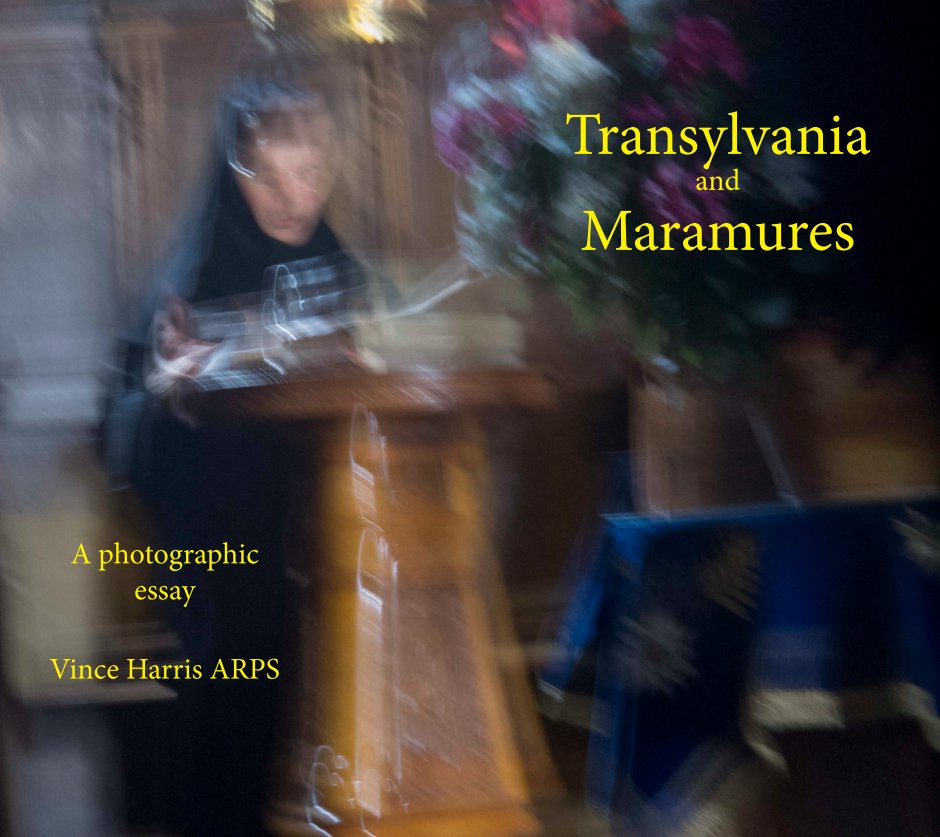Transylvania and Maramures
A photographic essay
de Vince Harris ARPS
Voici le prix vu par vos clients. Éditer la liste des prix
À propos du livre
This records a journey undertaken in 2012 through eastern Transylvania, parts of Moldavia and Maramures to explore the towns, villages and fortified churches of Saxon heritage and the painted churches and monasteries of northern Moldavia.
The Saxons were invited into Transylvania in the 13th C and were given land and other privileges in return for mounting a strong defence against the frequent invasions of Turks and Mongols. Being Christians they built churches which were later fortified by surrounding them with a high defensive wall sometimes in two or even three concentric rings. Within the walls every family in the ‘parish’ had their allotted quarters to be occupied in the event of attack - there was even a communal larder in which hams could be stored (after first marking them with the owner’s name). The defences of most of these churches were never breached.
The Saxons were economically very successful and as a result the population steadily grew to well over half a million by the middle of the last century. Within the space of 3 years after the fall of the USSR and the re-unification of Germany they had nearly all emigrated back to their ‘homeland’ leaving a few thousand people behind. Most have made a prosperous future for themselves in Germany, Luxembourg and other German speaking areas.
The architecture and external decoration of the painted churches of northern Moldavia are absolutely unique. The decoration consists of frescoes of biblical and historical scenes (not always accurately portraying the events depicted), often together with portraits of saints and philosophers around the apse. Favourite subjects include the life of Christ, the creation myth and the last day of judgement in which the painters’ imagination was usually at its most inventive.
The Saxons were invited into Transylvania in the 13th C and were given land and other privileges in return for mounting a strong defence against the frequent invasions of Turks and Mongols. Being Christians they built churches which were later fortified by surrounding them with a high defensive wall sometimes in two or even three concentric rings. Within the walls every family in the ‘parish’ had their allotted quarters to be occupied in the event of attack - there was even a communal larder in which hams could be stored (after first marking them with the owner’s name). The defences of most of these churches were never breached.
The Saxons were economically very successful and as a result the population steadily grew to well over half a million by the middle of the last century. Within the space of 3 years after the fall of the USSR and the re-unification of Germany they had nearly all emigrated back to their ‘homeland’ leaving a few thousand people behind. Most have made a prosperous future for themselves in Germany, Luxembourg and other German speaking areas.
The architecture and external decoration of the painted churches of northern Moldavia are absolutely unique. The decoration consists of frescoes of biblical and historical scenes (not always accurately portraying the events depicted), often together with portraits of saints and philosophers around the apse. Favourite subjects include the life of Christ, the creation myth and the last day of judgement in which the painters’ imagination was usually at its most inventive.
Voir plus

